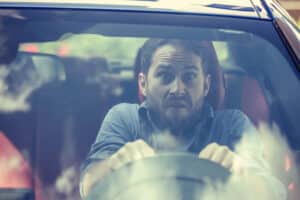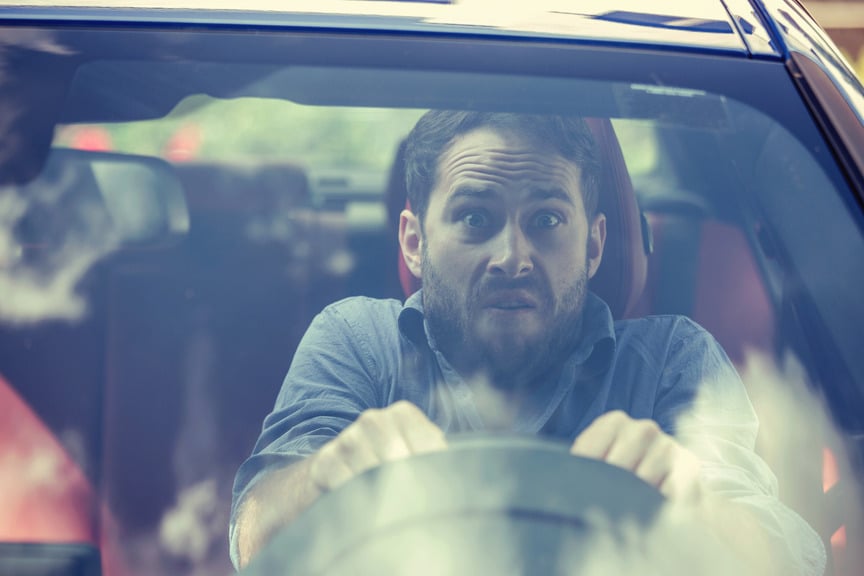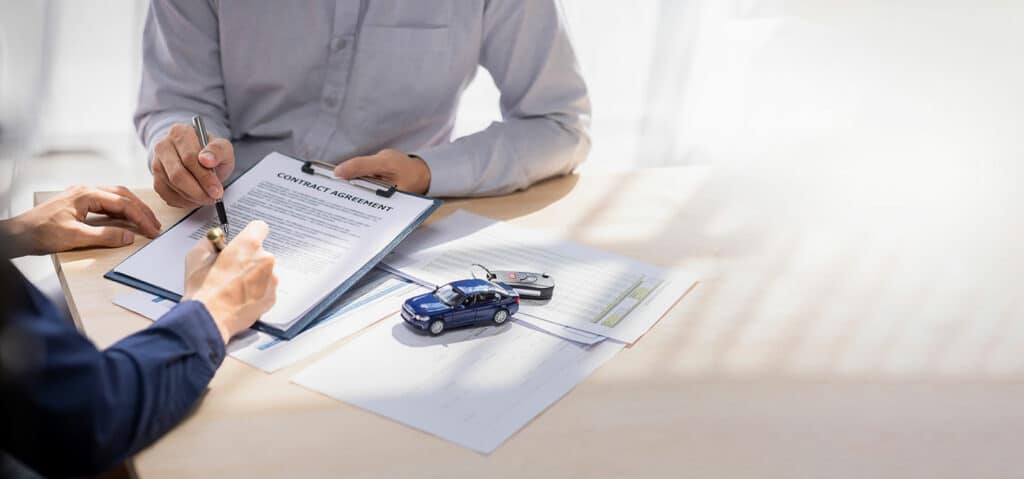
The official police report is created when a police officer responds to the crash scene. Police are often dispatched to the scene of a crash when someone has been injured, there was significant damage, the crash is blocking traffic, or the crash involved a drunk driver. The first thing police do is determine if anyone needs medical attention and ensure that both cars are moved out of the line of traffic. Then, they begin assessing the crash and its causes.
The official police report isn’t created at the crash scene. Police usually collect the information and evidence they need then put together the official report at the police station. Police are trained to evaluate crashes while evidence is fresh at the scene. The report they put together is supposed to be unbiased, but sometimes the information can be inaccurate.
An official police report will have a significant impact on your car accident claim. If any information is incorrect, the other driver’s insurance company can use it to its advantage. When pursuing a claim, it’s critical that you get a copy of the official Oregon car accident report and review it for errors. If any information on your crash report is inaccurate, an experienced attorney at Zbinden & Curtis, Attorneys At Law can help get it corrected.
What will I find on my Oregon car accident report?
Your 3-page Oregon car accident report will contain the following information:
Page 1 – Basic information:
- Crash date, time, location and road.
- Property damage, injuries or deaths.
- Driver’s information – Name, driver’s license number, address and contact information.
- Vehicle information – Vehicle identification number, license plate number, year, make and model.
- Whether drivers or passengers were injured in the crash.
- Contact information for all witnesses and passengers.
- If other parties (besides drivers and passengers) sustained injuries.
- The responding officer’s name and badge number.
Page 2 – Causes and contributors
- The weather and road conditions at the time of the crash.
- Traffic control devices and locations.
- Driver license violations.
- Factors and other contributors that led to the crash.
- Driver impairment.
- A visual diagram showing how the crash occurred.
Page 3 – Truck and bus information (only applies if a truck or bus was involved):
- If the crash involved an injury, death or towaway.
- Information on the truck driver and their employer.
- Type of commercial vehicle involved in the crash.
- The sequence of events that led to the crash.
How will my Oregon car accident report benefit my claim?
If you sustained significant injuries and damage to your car in a crash, you need all the evidence you can find to build a strong case. That’s because the other driver’s insurance company can easily argue that nobody was at fault, you were at fault, or you were exaggerating your injuries. An experienced car accident attorney at Zbinden & Curtis, Attorneys At Law can cross-reference your official Oregon car accident report with other pieces of evidence including:
- Physical evidence from the crash scene.
- Statements from witnesses.
- Surveillance camera or dash-cam footage.
- Cellphone records from the at-fault driver.
Our legal team will use this information to help you recover damages pertaining to medical costs, wage loss, property damage, pain and suffering, and other damages accrued from your crash. To get started on your claim, contact our Portland law firm online and set up your free case evaluation.
This entry was posted on Tuesday, January 19th, 2021 at 4:20 pm and is filed under Car Accidents. You can follow any responses to this entry through the RSS 2.0 feed. You can leave a response, or trackback from your own site.









